Meet with an engineer
Latest News
Select a Category
Select A Product Type

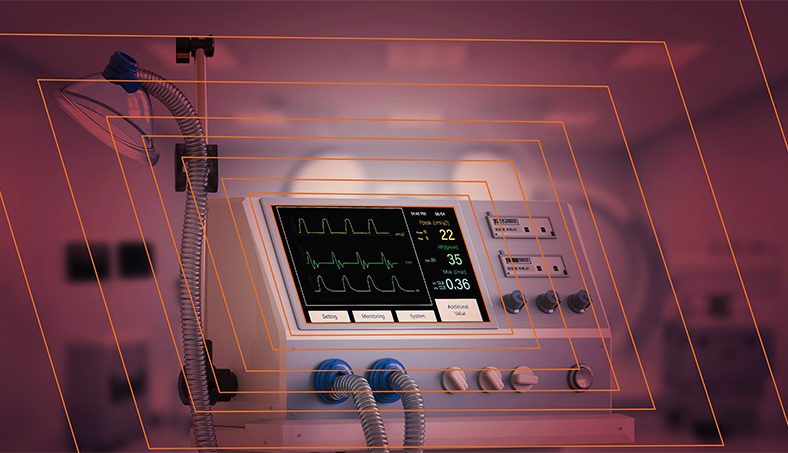
Key Updates to IEC 60601-1-8: What Engineers Need to Know
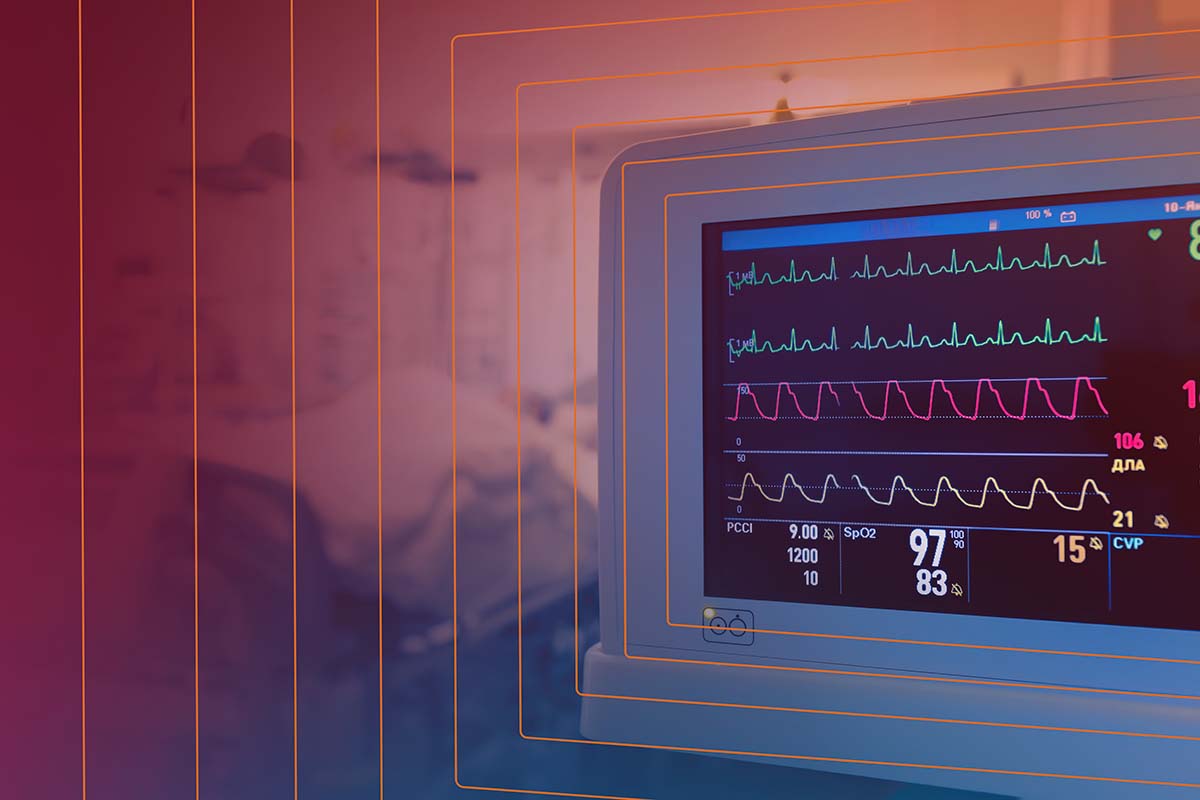
Simplifying Medical Alarm Compliance: PUI’s IEC 60601-1-8 Certified Indicators

2024: A Year of Innovation at PUI Audio
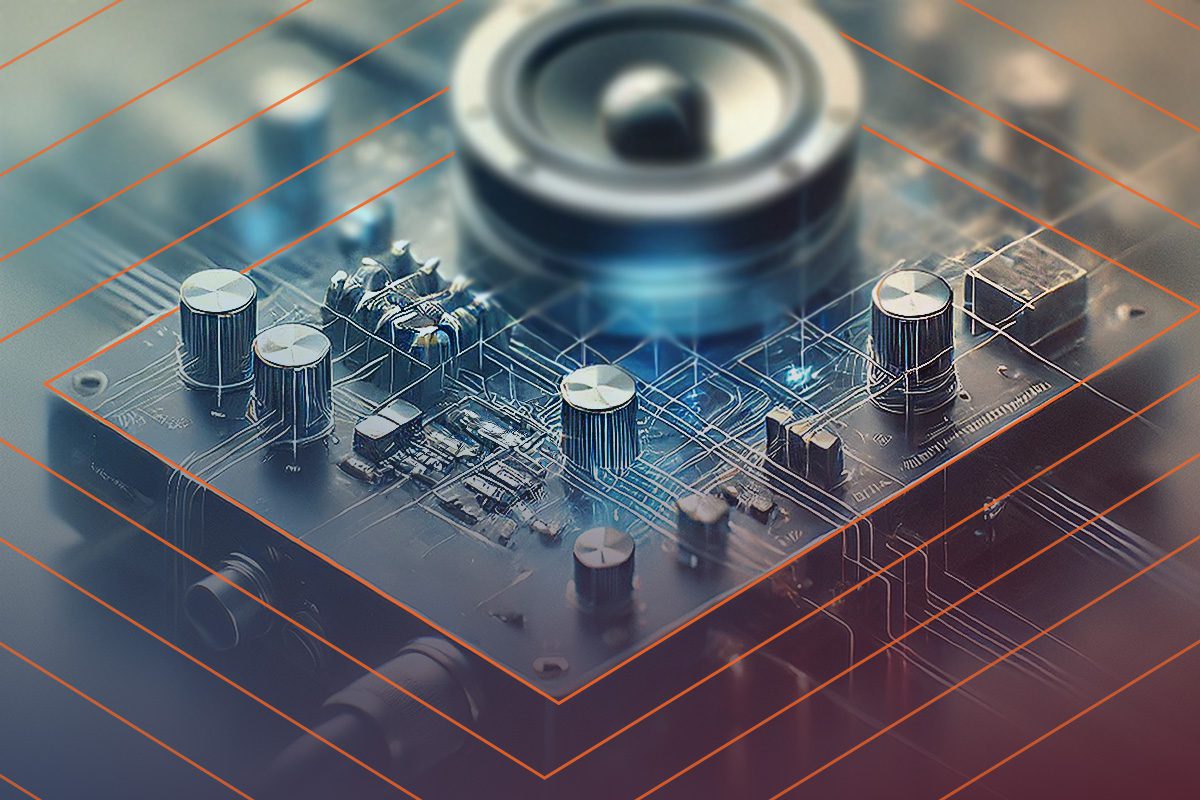
AMP1X1 and AMP2X15 Amplifier Boards: Power Meets Precision

Flexible Piezo Haptics: Achieving Realistic Tactile Feedback for Modern Interfaces

Flexible Piezo Haptics: An Introduction
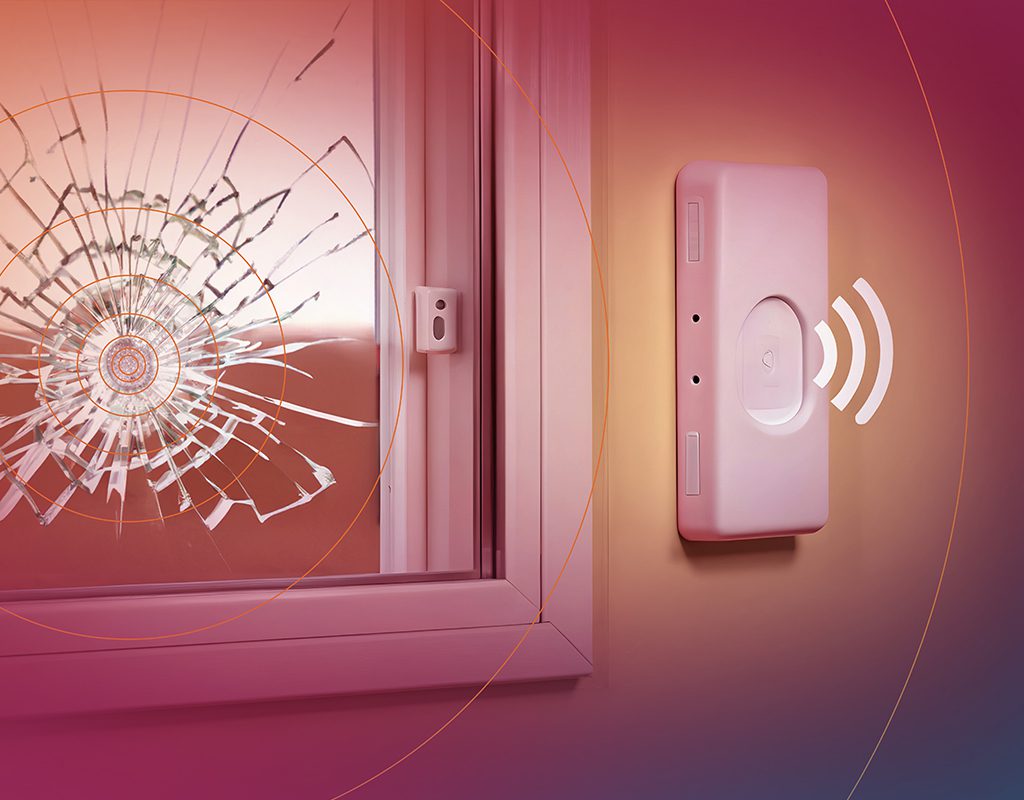
Enhance Your Security with Precision: A Deep Dive into the PSD0401120
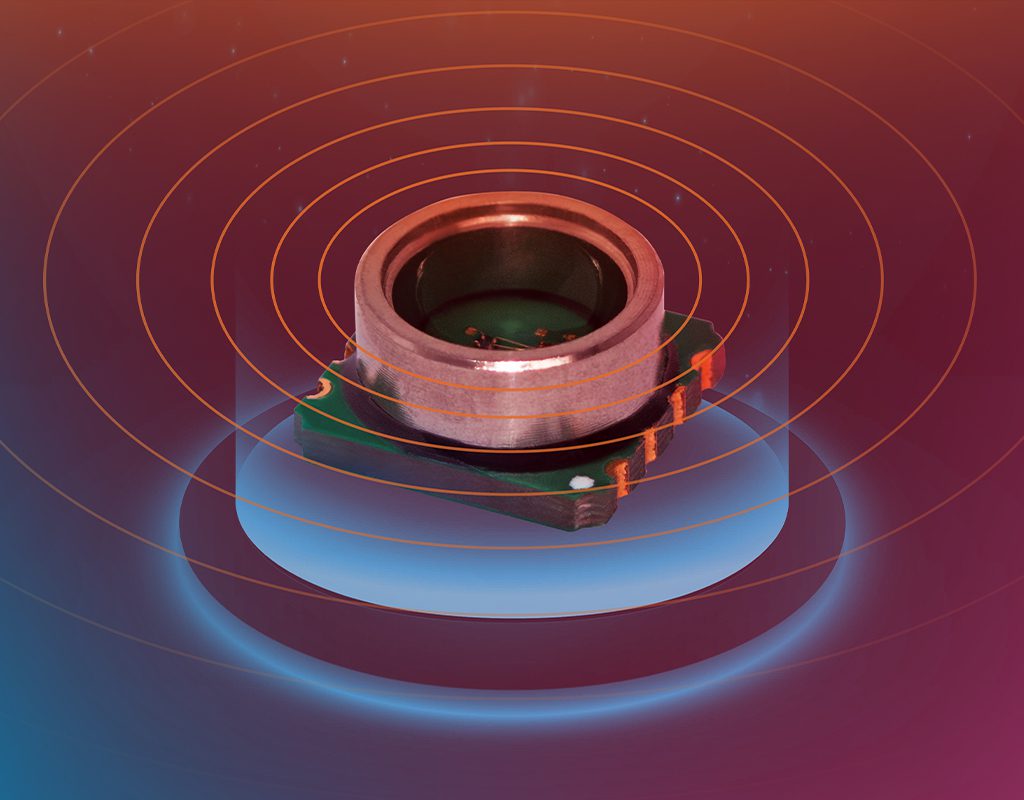
Introducing the PSD0401120: PUI’s Latest Digital MEMS Pressure Sensor
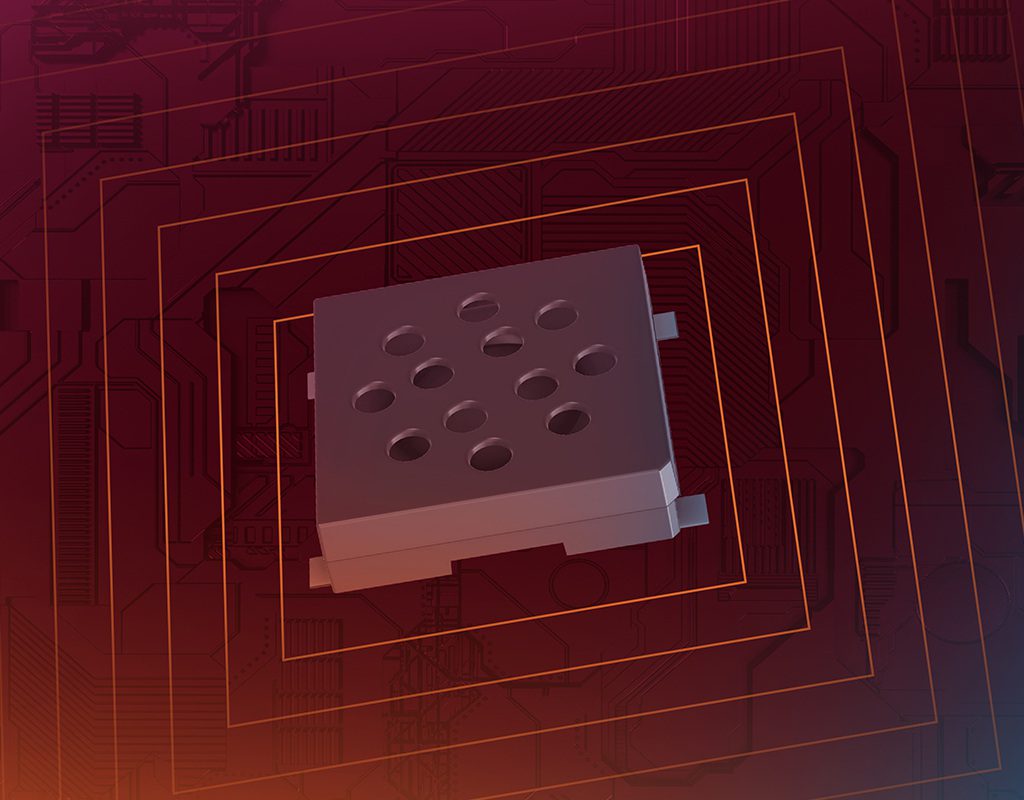
Expanding the Horizons of Surface Mount Audio

Unlocking the Potential of Surface Mount Haptics in Modern Electronics
